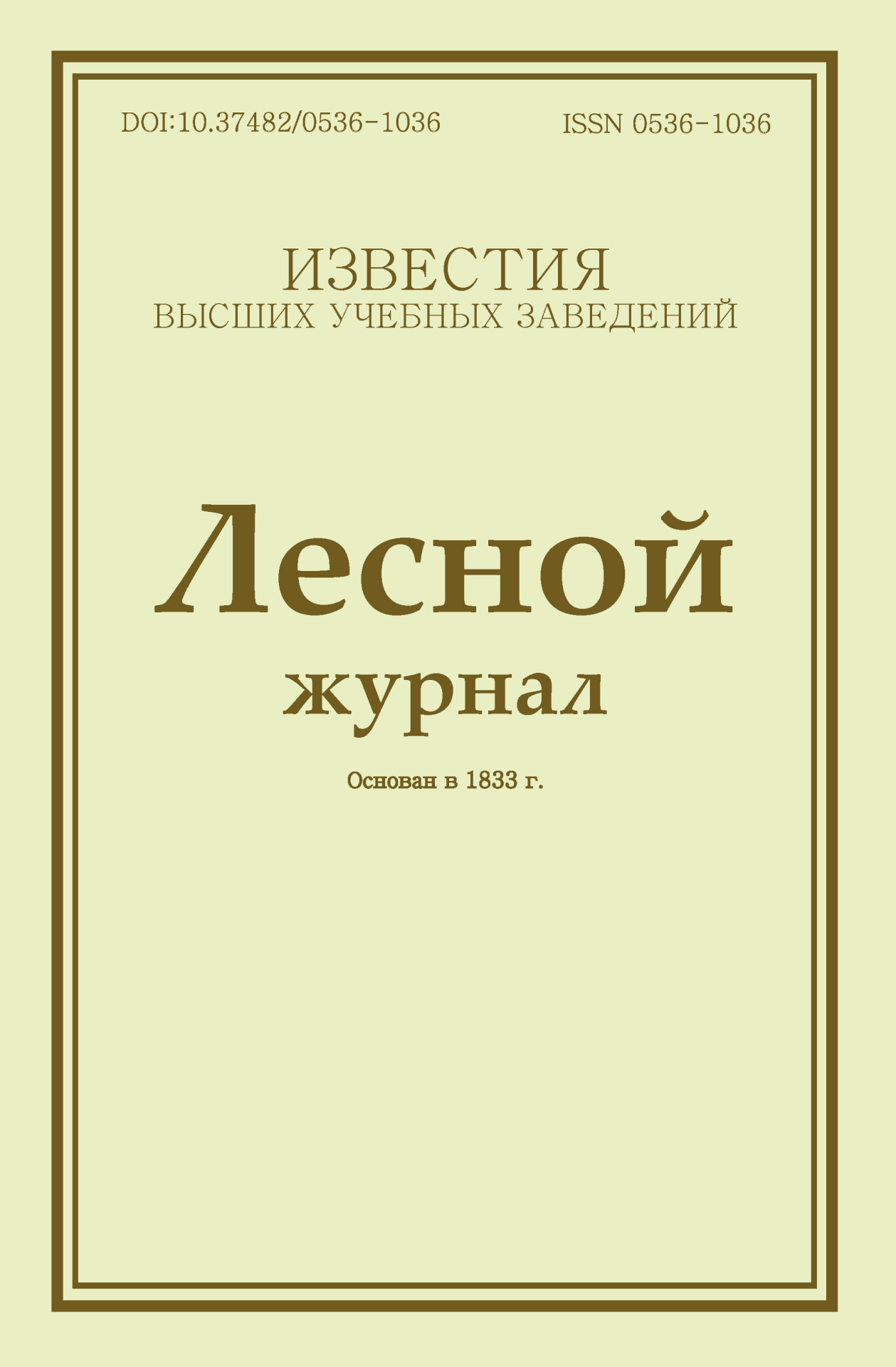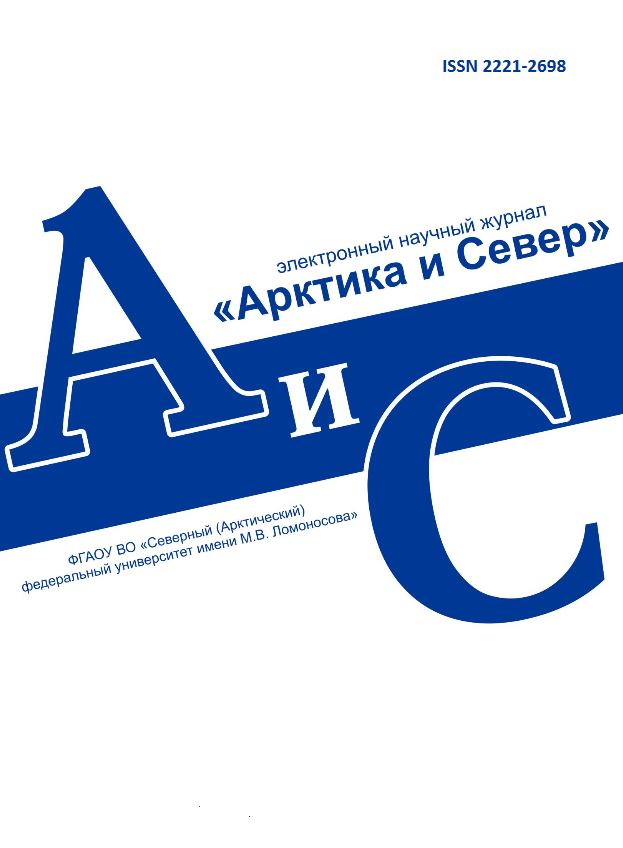
 

Legal and postal addresses of the founder and publisher: Northern (Arctic) Federal University named after M.V. Lomonosov, Naberezhnaya Severnoy Dviny, 17, Arkhangelsk, 163002, Russian Federation
Editorial office address: Vestnik of Northern (Arctic) Federal University. Series "Humanitarian and Social Sciences", 56 ul. Uritskogo, Arkhangelsk
Phone: (8182) 21-61-20, ext. 18-20
E-mail: vestnik_gum@narfu.ru
https://vestnikgum.ru/en/
|
Precedent Phenomena in Spanish Media Discourse: Semantic and Syntactic Transformations. P. 76–88
|
 |
Section: Linguistics
Download
(pdf, 0.5MB )
UDC
811.134.2
DOI
10.37482/2687-1505-V461
Authors
Irina S. Vorontsova, Lecturer at the Department of Spanish Language, Moscow State Institute of International Relations (University) of the Ministry of Foreign Affairs of the Russian Federation (address: prosp. Vernadskogo 76, Moscow, 119454, Russia).
е-mail: irin.vorontsova@gmail.com, ORCID: https://orcid.org/0000-0002-9536-9358
Abstract
Reflecting the national culture and mentality of the people, Spanish media discourse has been developing and transforming and has undergone significant changes in its structure as well as cognitive, semantic and pragmatic potential. In addition to informing the reader, its purpose is to exert a hidden impact on public opinion and behaviour. In particular, this is achieved due to the high degree of metaphoricalness of the author’s text, which ensures the recipient’s involvement in discursive decoding. Precedent phenomena in media discourse are an effective tool of meaning making. By conveying additional aesthetic and value characteristics, they increase the semantic content of discursive messages and the number of values anchored in precedents in the cognitive base of the representative of a given linguoculture. The scientific importance of this paper lies in extending the research on the linguopragmatic potential of precedent phenomena in Spanish media discourse by describing their discursive transformations. In terms of practical significance, the results obtained through the study of the Spanish national worldview can be used to form basic background knowledge of foreign affairs specialists when learning Spanish. The lexical and syntactic analysis of the precedent phenomena functioning in media discourse showed that Spanish media texts make extensive use of transformed precedent phenomena, including neologisms that name new concepts and enhance the creativity of journalistic materials. As a result of the study, precedent phenomena were classified according to the following types of semantic, morphological and syntactic transformations: lexical substitution of a component in the context of a precedent statement, text or situation; inclusion of a precedent word in another precedent text to generate new meanings; creation of precedent neologisms by means of nominal composition or morphological derivation.
Keywords
cultural linguistics, Spanish media discourse, lexicosemantic transformations, precedent phenomena, precedent text chronotope
References
- Budaev E.V. Precedent Names in the Media: Research Methods. Polit. Linguist., 2021, no. 3, pp. 22–36.
- Gudkov D.B. Teoriya i praktika mezhkul’turnoy kommunikatsii [Theory and Practice of Intercultural Communication]. Moscow, 2003. 288 p.
- Karaulov Yu.N. Russkiy yazyk i yazykovaya lichnost’ [The Russian Language and Linguistic Personality]. Moscow, 2007. 267 p.
- Moiseenko L.V., Mikheeva N.F. Precedent Phenomena of Contemporary Russian and Spanish Massmedia as Cognitive Structures of Language Personality. Mundo eslavo, 2020, no. 19, pp. 7–24 (in Russ.). Available at: https://revistaseug.ugr.es/index.php/meslav/article/download/17700/15525/50687 (accessed: 1 May 2025).
- Moiseenko L.V. Pretsedentnost’ v lingvokognitivnom rakurse (na primere mediateksta) [Precedence from a Linguocognitive Perspective (Based on Media Texts)]. Voronezh, 2021. 319 p.
- Nakhimova E.A. O klassifikatsii i differentsiatsii vidov pretsedentnykh fenomenov v politicheskoy kommunikatsii [Classification and Differentiation of the Types of Precedent Phenomena in Political Communication]. Politicheskaya lingvistika, 2018, no. 1, pp. 41–46.
- Rayskina V.A. Semioticheskiy obraz pretsedentnoy lichnosti v evropeyskom kul’turnom prostranstve [Semiotic Image of a Precedent Personality in European Cultural Space]. Crede Experto: transport, obshchestvo, obrazovanie, yazyk, 2022, no. 1. Available at: http://if-mstuca.ru/CE/index.php/100000/semiotics-ru/s12612 (accessed: 1 May 2025).
- Larionova M.V. Lingvosemiotika ispanskogo politicheskogo diskursa v prostranstve internet-kommunikatsii [Semiolinguistics of Spanish Political Discourse in the Space of Internet Communication: Diss.]. Moscow, 2023. 458 p.
- Gallardo Paúls B. El hablar como intención comunicativa. Loureda Ó., Schrott A. (eds.). Manual de Lingüística del hablar. Berlin, 2021, pp. 79–94. https://doi.org/10.1515/9783110335224-005
- Dobrosklonskaya T.G. Medialingvistika: sistemnyy podkhod k izucheniyu yazyka SMI: sovremennaya angliyskaya mediarech’ [Media Linguistics: A Systemic Approach to the Study of Media Language: Contemporary English Media Speech]. Moscow, 2008. 264 p.
- Larionova M.V. Ispanskiy gazetno-publitsisticheskiy diskurs: iskusstvo informatsii ili masterstvo manipulyatsii? [Spanish Newspaper Discourse: The Art of Information or Mastery of Manipulation?]. Moscow, 2015. 327 p.
- Segal N.A. Kategorizatsiya mira v yazyke politiki (na materiale kognitivnykh dominant prostranstvo – napravlenie – dvizhenie) [Categorization of the World in the Language of Politics (Based on the Cognitive Dominants Space – Direction – Movement): Diss.]. Krasnodar, 2023. 424 p.
- Radbil T.B., Ratsiburskaya L.V. Precedent Texts as Linguistic Mechanisms for Creating an Attractive Newspaper Headline in the Internet Media Discourse. Russkiy yazyk v shkole, 2024, vol. 85, no. 4, pp. 90–98 (in Russ.). https://doi.org/10.30515/0131-6141-2024-85-4-90-98
- Mironova D.A. Transformatsiya pretsedentnykh vyskazyvaniy v perevodakh zagolovkov mediatekstov onlayn-formata [Transformation of Precedent Statements in Translations of Online Media Text Titles: Diss.]. Tyumen, 2013. 354 p.
- Rueda A.M. Estrategias discursivas utilizadas por los periódicos españoles para atraer a lectores digitales. Poch Olivé D. (ed.). El español de Cataluña en los medios de comunicación. Frankfurt am Main, 2019, pp. 37–62. https://doi.org/10.31819/9783964568854-003
- Krasnykh V.V. Etnopsikholingvistika i lingvokul’turologiya [Ethnopsycholinguistics and Cultural Linguistics]. Moscow, 2002. 284 p.
- Bakich N.A. Transformatsiya pretsedentnykh fenomenov v mediynom tekste kak proyavlenie rechevoy kreativnosti [The Transformation of Precedent Phenomena in a Media Text as a Manifestation of Verbal Creativity]. Vestnik Nizhegorodskogo universiteta im. N.I. Lobachevskogo, 2018, no. 5, pp. 185–190.
- Teliya V.N. Russkaya frazeologiya: semanticheskiy, pragmaticheskiy i lingvokul’turologicheskiy aspekty [Russian Phraseology: Semantic, Pragmatic and Linguocultural Aspects]. Moscow, 1996. 285 p.
- Krivenko B.V. Frazeologiya i gazetnaya rech’ [Phraseology and Newspaper Language]. Russkaya rech’, 1993, no. 3, pp. 44–49.
|
Make a Submission











Journal of Medical and Biological
Research

Forest Journal

Arctic and North


|







